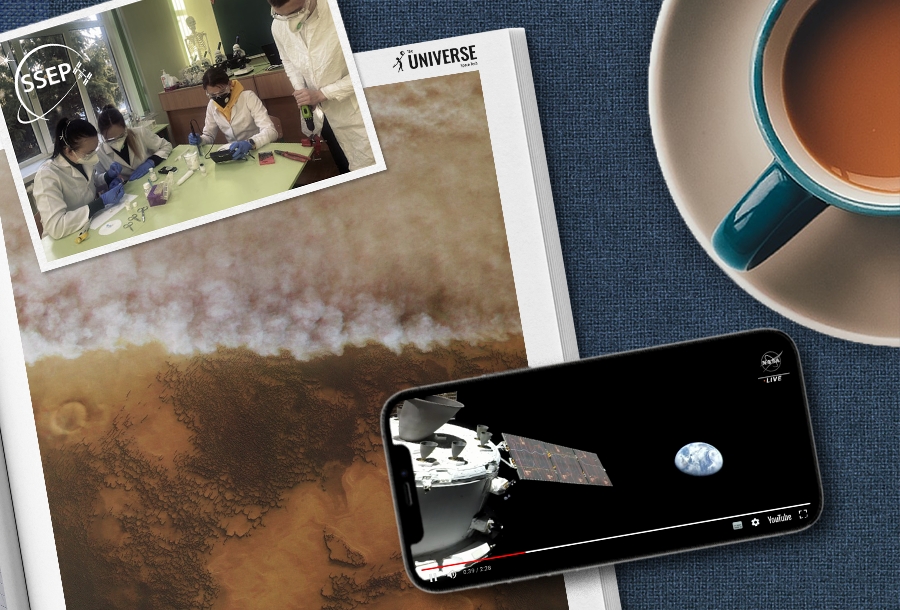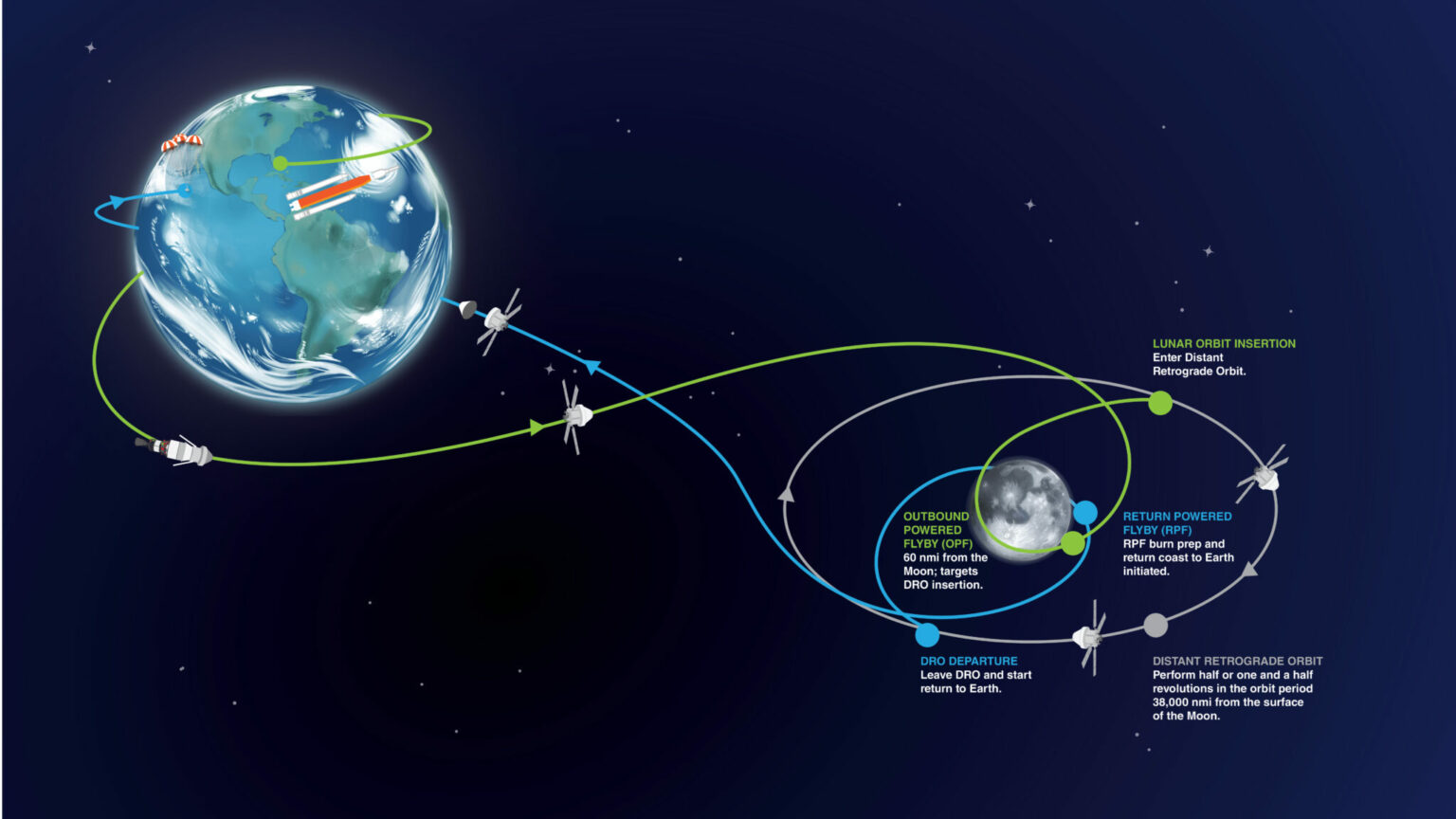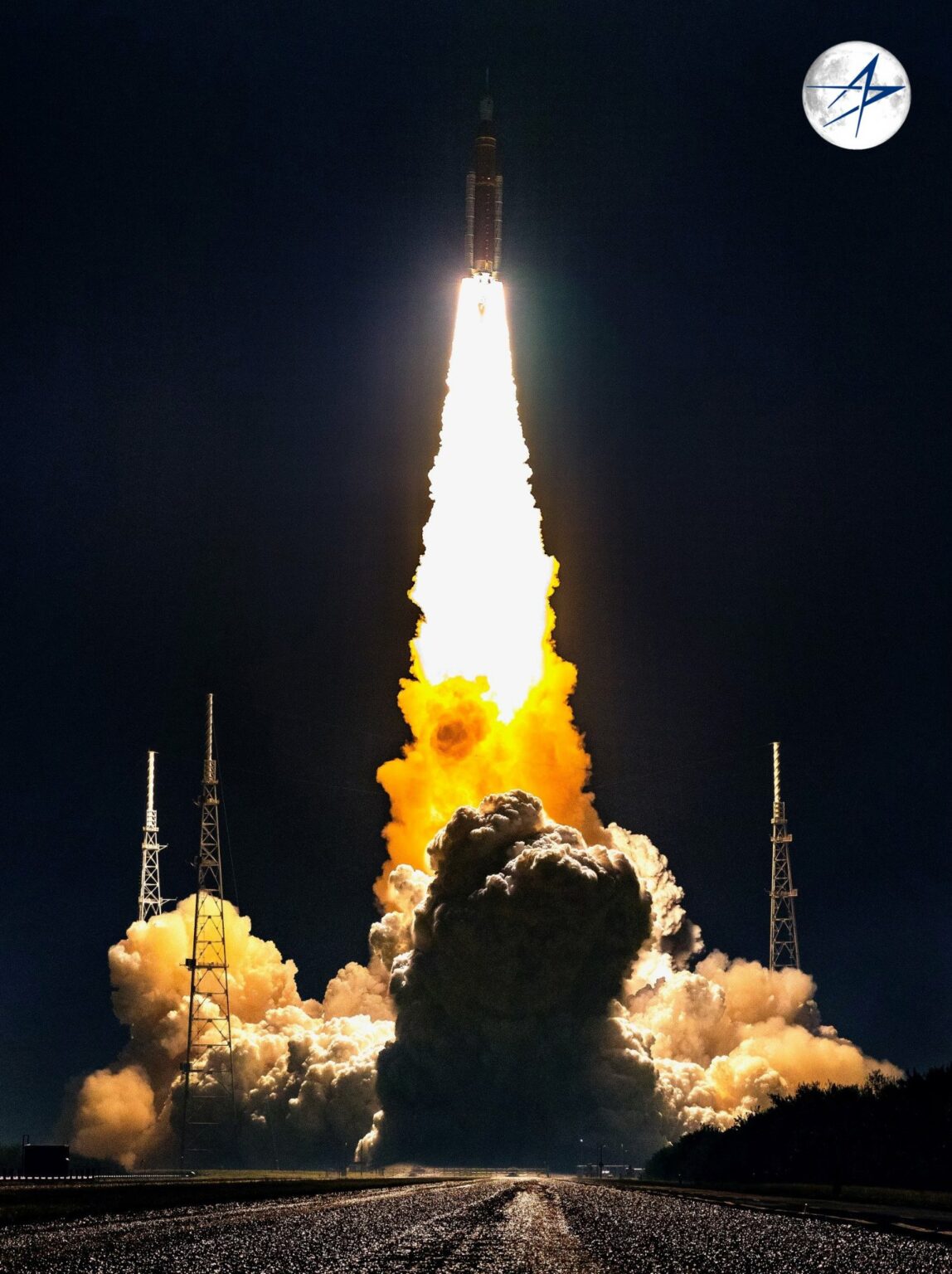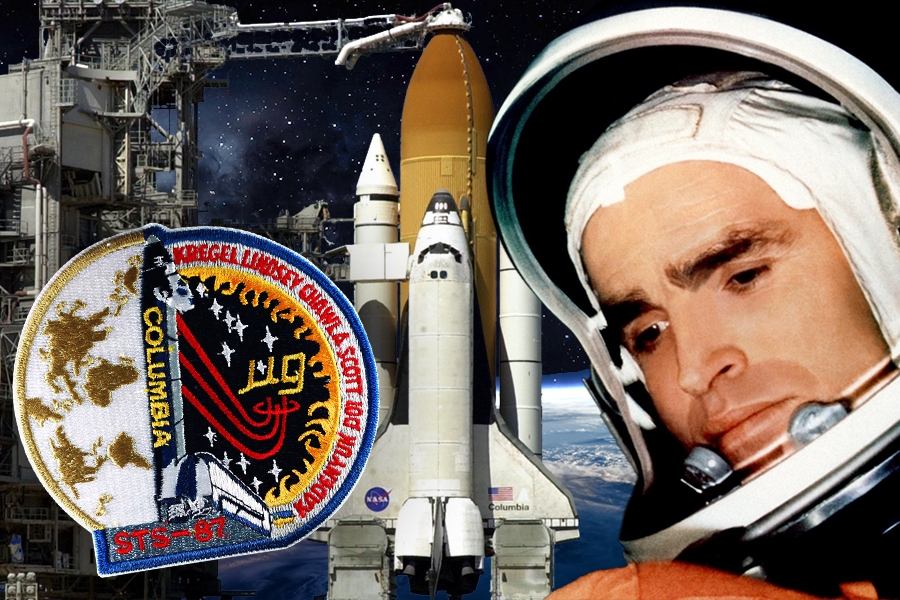Selection of the most interesting space news for the week: Experiments of Kharkiv schoolchildren will get to the ISS; Martian storms turned out to be similar to terrestrial typhoons, and we tell you when the Orion spacecraft will reach the Moon and return home.

“A thinker sees his own actions as experiments and questions–as attempts to find out something. Success and failure are for him answers above all.”
― Friedrich Nietzsche
SpaceX receives contract for second lunar mission
NASA has signed a contract with SpaceX for the second lunar mission. Within its framework, the Starship spacecraft will deliver the participants of the Artemis IV expedition to the south pole, the implementation of which is scheduled for 2027. Under the terms of the new arrangement (known as Option B), SpaceX will also take over the support of the Artemis IV mission, including docking with the Gateway station, landing four crew members on the surface of the Moon and delivering a larger payload mass. For this, the company will receive an additional USD 1.15 billion.
Experiments of Ukrainian schoolchildren will reach space
Experiments developed by Ukrainian schoolchildren will be conducted on the International Space Station together with others, the authors of which are American students. The SSEP 16 mission will launch on November 21 on a SpaceX rocket.
In total, 21 experiments developed by 19 teams were selected for the SSEP-16 mission. Two of them were prepared by Ukrainian schoolchildren with the participation of the Minor Academy of Sciences of Ukraine. A total of 1,262 participants took part in the competition, of which 61 became finalists and already among them those whose ideas would be tested by space were chosen.
One of the experiments was prepared by students of the 47th gymnasium of Kharkiv. This year it was damaged by Russian shelling, but the participants were still able to enter the winners. The experiment is devoted to the strength of adhesion, that is, the adhesion of the filling material with human teeth in zero gravity.
Artemis I Mission: When will Orion reach the Moon and return home?

NASA’s epic Artemis I mission to the Moon has finally begun. The launch took place on November 16 at NASA Kennedy Space Center. Orion will spend the first six days flying to the Moon. Next Monday, November 21, Orion will make the first and closest approach to the Moon. At this moment, it will fly only 100 km from the surface. Thanks to this gravitational maneuver, Orion will receive acceleration so that in 10 days it will begin to enter a distant retrograde orbit along an apocenter (aposeleneum) of 61,000 km. On the 13th day (November 28), Orion will break the record set by Apollo 13 for the longest distance from Earth for a crewed spacecraft, reaching 483,000 km from Earth.
Betelgeuse’s dimming could have been caused by a black hole
When the Betelgeuse star began to fade rapidly in 2019, many thought that it would soon flare up as a supernova. However, over time, its luminosity recovered and scientists began to think about the cause of this phenomenon. They suggested that the dimming of the star could have been caused by some large object passing near it. Now there is a theory that it was caused by a black hole that passed near the star.
Martian storms turned out to be surprisingly similar to terrestrial ones
A study of Martian dust storms has shown that their clouds are surprisingly similar to those on Earth. The processes taking place in the furious storms of the red planet are very similar to what we see in terrestrial typhoons. Atmospheric phenomena are closely related to the surface of the planet. And Mars, unlike Earth, is mostly covered not with water or vegetation, but with fine dust. However, the spiral shapes that take on storms there are extremely similar to what we see on Earth.
At the same time, the similarity of Martian storms with terrestrial storms is not only external. The researchers saw that each of these natural phenomena consists of separate cells, inside which air masses circulate. Heat air from the surface rises along the center of the cell, reaches a certain height, cools and gradually “flows down” to its edges, where it sinks down to warm up again. Partly, there is also an influx of cold air from the outside between the cell boundaries. The same thing happens on Earth, but this process is closely connected with the ocean, over which most hurricanes occur.
Photo of the week

On November 16, one of the most long-awaited launches in recent years took place from the Kennedy Space Center. As part of the Artemis I mission, the superheavy SLS rocket sent the Orion spacecraft to the Moon, as well as a passing load in the form of ten experimental cubesats.
Interesting figure — 200 liters

For many years, traditional American homemade food – beans in tomato sauce – has been a real incentive for the NASA team to celebrate significant events with the launch of rockets. Serving a hearty bowl of beans after a successful rocket launch has become a tradition at Cape Canaveral, Florida, since STS-1 – the first Space Shuttle flight in April 1981.
The ritual began with the head of NASA tests, Norm Carlson, in 1981, who brought a small bowl of freshly cooked beans for his employees immediately after the launch of a space mission. Since that time, it has become an important custom of the space agency. And why beans? Because with beans, everyone gets a chance to “start their engines”. Subsequently, the catering team of the space agency took responsibility for the preparation of beans. Crowds of workers gathered after each launch of the Space Shuttle, extracting hundreds of bowls from boiling plates with a volume of 200 liters. According to a recipe released by the space agency, boiling Carlson beans will take about eight hours.
Something to read on the weekend

This week we are talking about two Ukrainians who made a huge contribution to the development of our country. 25 years ago, our compatriot Leonid Kadenшuk flew into orbit. Read more about this event and the interesting moments of preparation, as well as the flight itself, in the special project “Stalking Stars“. The second Ukrainian is Academician Vernadsky. Read about him and his achievements in the article “Vernadsky: thinking on a cosmic scale“.
Follow us on Twitter to get the most interesting space news in time
https://twitter.com/ust_magazine

